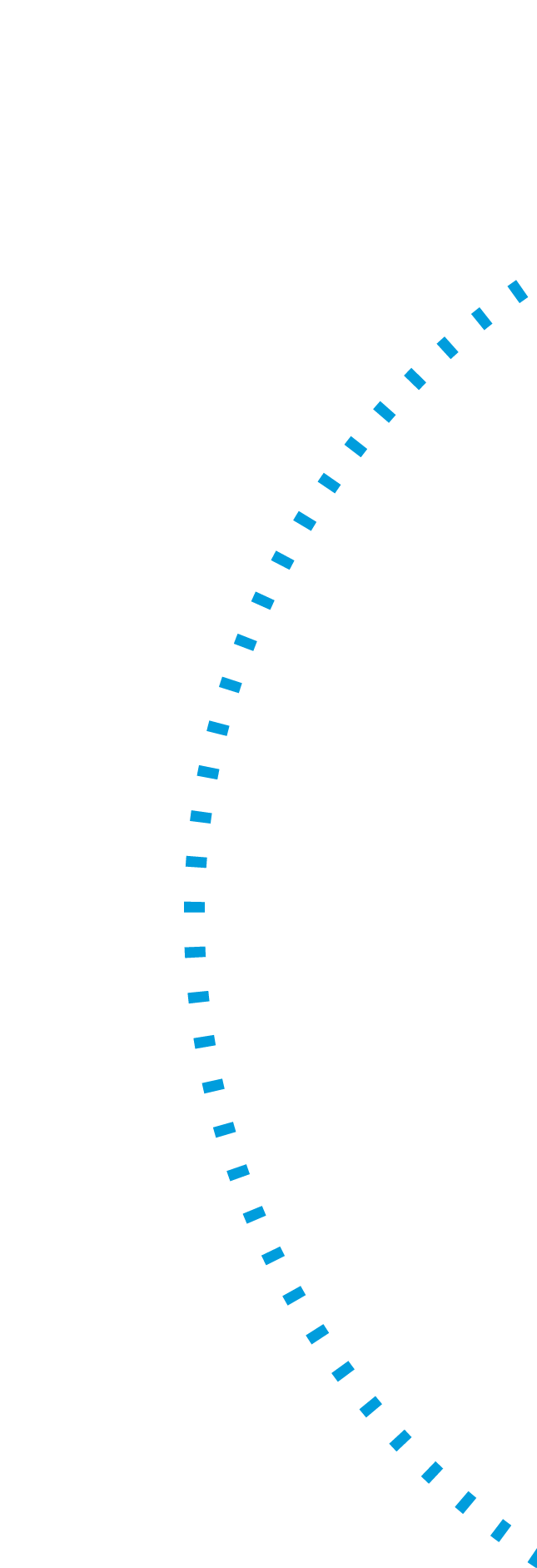26 January 2024
Título
“Baía Limpa” (Clean Bay) project team goes on field visit and celebrates the 25 tons of waste collected from the Guanabara Bay by the fishermen
Subtítulo
Model initiative to fight sea pollution, the project also had visits from companies and social agents operating on the region
Last week, “Baía Limpa” project team supported by Ocyan in partnership with BVRio gathered in an event to celebrate the successful collection of over 25 tons of solid waste from the Guanabara Bay along with the fishermen, before the deadline defined. The event also aimed to introduce the initiative to those two companies, a chamber of commerce, in addition to social agents who already operate on the region.
“We celebrate the milestone of 25 tons of waste collected in three months of Baía Limpa. This is a moment to celebrate and dialog with other players in the market who can come join us on our work and add to it, creating a whole network for the Guanabara Bay, in order to broaden the project and even associate other initiatives to complement it,” says André Luiz Barros, manager of Communication and Social Responsibility at Ocyan.
During the field visit, the team worked with the fishermen on the beach near the UFRJ Hangar to experience the whole process, from the collection to the separation, weighing and record of the waste, which is made through the app KOLEKT, which allows a verification and certification pursuant to the current standards. The team’s work with the fishermen that morning resulted in the collection of 1273 kg of waste. “This direct exchange with the fishermen is really important, as they are the lead players of this action. They made this project possible. This work gathers environmental and climate proactivity and local and human development,” says André Luiz Barros.
“The Initiative of bringing people to collect waste in places with no sanitation is essential for us to understand the dimension of the problem. In just 20m of the beach, we found all sorts of objects: plastic bags, bottles and varied items, as we unfortunately had expected, but also dolls, strollers, balls, box beds, water tank lids, syringes, clothes etc. All that carried by the rivers to the Guanabara Bay and deposited to this very beach,” says Pedro Succar, BVRio’s expert in circular economy.
Among the main materials found in the 25 tons collected from the Guanabara Bay in just three months, there were almost 10 tons of plastic bags, 5 tons of foam, 5 tons of bags and clothing items, 1.5 tons of hard plastics, and over 1 ton of glass bottles.
Since its launch, the project has achieved expressive results in cleaning the Guanabara Bay, contributing to the maintenance and preservation of the local flora and fauna and adding to the income of the fishermen who collect the waste. The project has around 20 fishermen from two traditional colonies in Caju and Ilha do Governador, who dedicate two days per week to “fishing” waste, aiming to retrieve 100 tons from the Guanabara Bay by October, 2024.
Ester Bayerl, Coordinator of Social and Environmental Responsibility, Diversity and Inclusion at Ocyan, says the visit “records the importance of thinking of actions to address the SDGs under different aspects, especially concerning the value of traditional knowledge and its importance in mapping and identifying changes in biomes. It is a beautiful project worth getting to know and participating in, specially because there is a challenge to work on by this very generation: how and when will we remove the waste dumped in the Guanabara Bay?”
